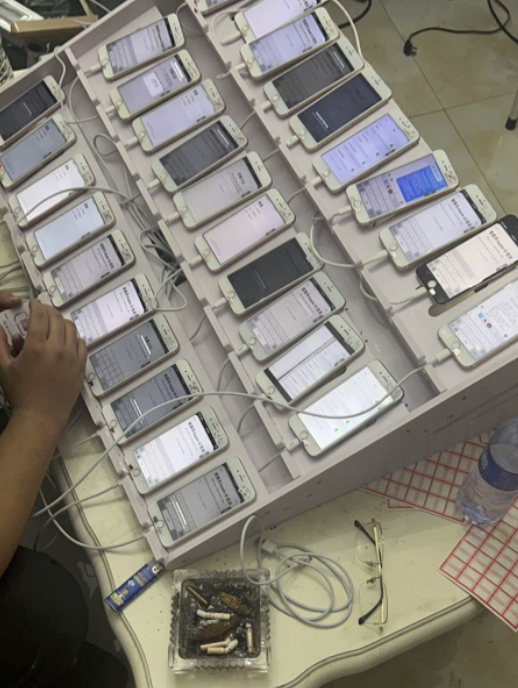How to Choose the Right 3D Printing Materials for Printing in the Classroom
Classroom education these days is anything other than in the classroom. Even with vaccines incoming, most education is still conducted remotely and is likely to stay that way for some time. Given that only a minimal amount of students are sitting in classrooms even part-time, and with budgets stretched thin, it can make it incredibly […]

Classroom education these days is anything other than in the classroom. Even with vaccines incoming, most education is still conducted remotely and is likely to stay that way for some time. Given that only a minimal amount of students are sitting in classrooms even part-time, and with budgets stretched thin, it can make it incredibly difficult to access advanced tech for those projects that top our teaching bucket lists – like 3D printing.
There is a lot of use in accessing a 3D printer for your classroom – from teaching kids the elements of design to equipping highschoolers with skills to navigate a world where manufacturing and CNC machining services will heavily rely on the 3D printer. Though resources may be limited, if you can get your hands on a 3D printer for your classroom, it will be well worth the value, time, effort, and funding it took to get it there. So, to help you prepare for the day when you’ll bring your prize to class, here is everything you need to know about choosing the right printing materials.
Printing Objects with Mechanical Properties
If your Covid-weary mind needs a refresher, mechanical properties are things like an object’s, strength or elasticity. Before choosing your printing material, decide whether the item you’ll print should be strong or flexible.
If the Object Needs to be Strong
For objects that need to be strong, you have a choice of two materials: ABS, ABS-Like, or Nylon printing filament. ABS, or Acrylonitrile Butadiene Styrene, is one of the first plastics to be used for 3D printing. It’s tough and impact-resistant, perfect for objects that need to be strong and durable. Nylon is resistant to abrasion and is incredibly durable.
The deciding factor between ABS, ABS-like, or Nylon is whether the object will be printed in high resolution. If you won’t be printing in high resolution, then ABS material is perfect. If you will print in a high-res setting, choose ABS-like or Nylon.
If the Object Needs to be Flexible
If the item you’re printing needs to be flexible, then you’ll need to print with a rubber-like material to ensure enough flexibility and elasticity.
Printing Objects without Mechanical Properties
If the objects you’re printing don’t require mechanical properties, then you’ll want to determine what properties they do have.
If the Object Needs to be Transparent
Objects that require any level of transparency will require a clear or color-tinted transparent printing filament. There are many levels of transparency you can choose from and a whole range of colors to suit your needs.
If the Object Has Complex Geometry
For objects that have complex geometry, you need printing filaments that can handle the more complex requirements of your project. There are several types of printing materials that can handle complex geometry and they are Visiclear, Verowhite, ABS, and PLA or polylactic acid.
Determining which material you need requires only one more question: are you printing in high-resolution? From here, choosing your material is simple.
High-Resolution Objects
For high-res objects that do have complex geometry, choose verowhite. For projects requiring high-res printing but no complex geometry, choose Visiclear.
Non-High-Resolution Objects
For objects that do not require high-res printing but do have complex geometry, choose ABS. For objects that have neither high-res printing requirements nor complex geometry can be printed with PLA.
Here’s a chart to help you break down material choices for those 3D projects.
































